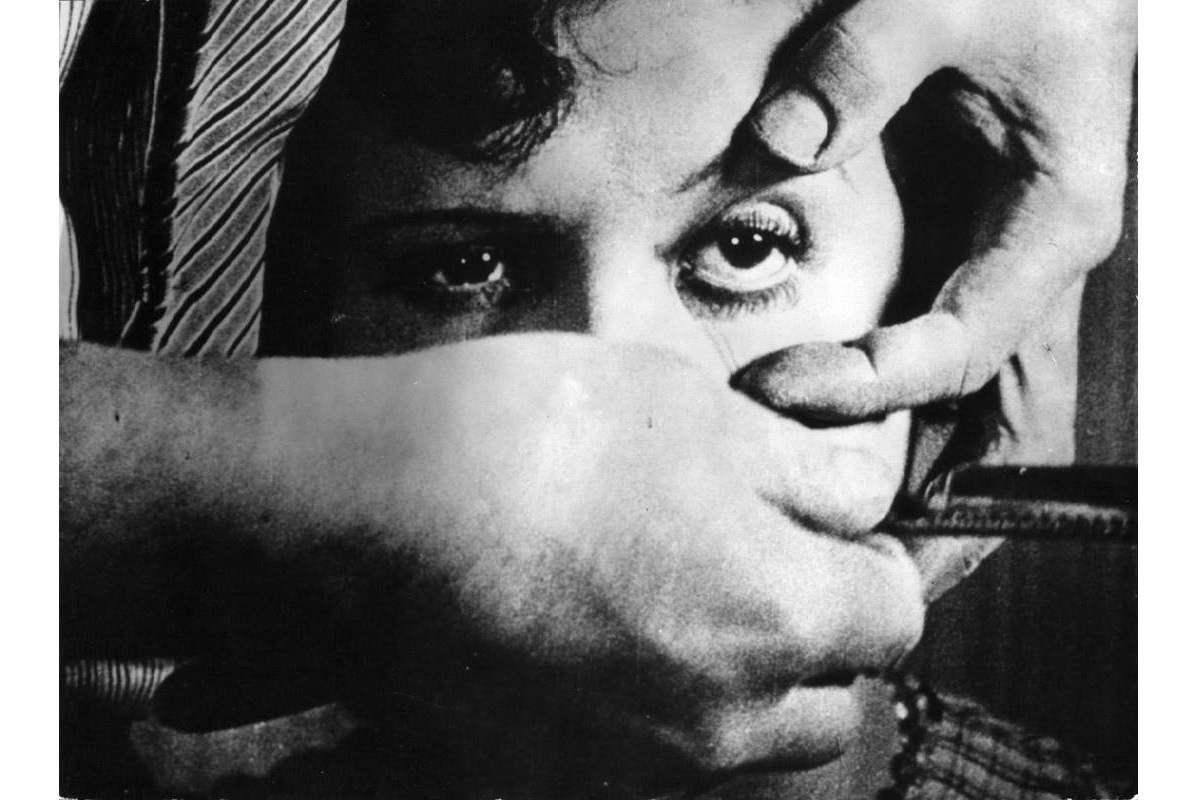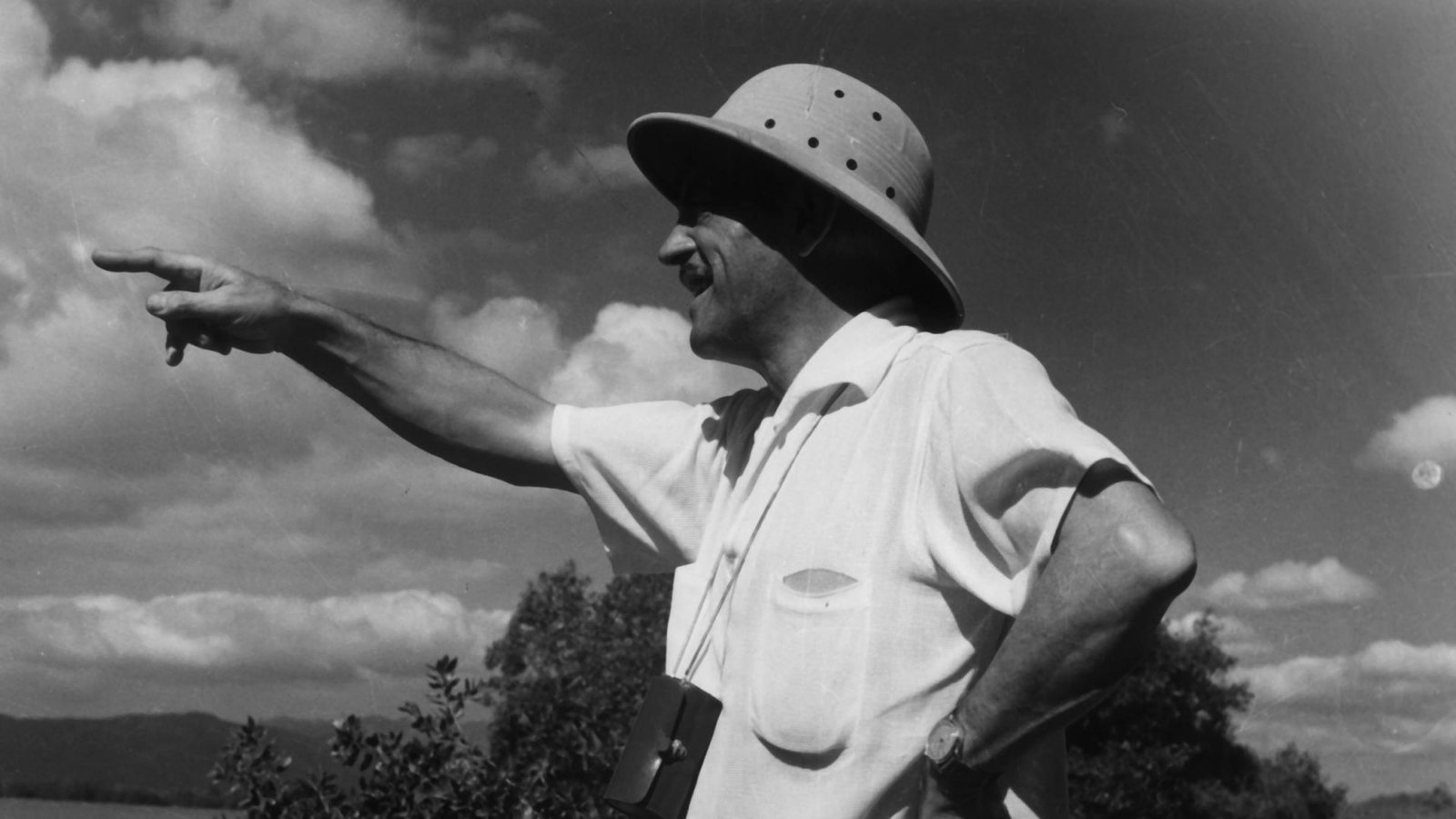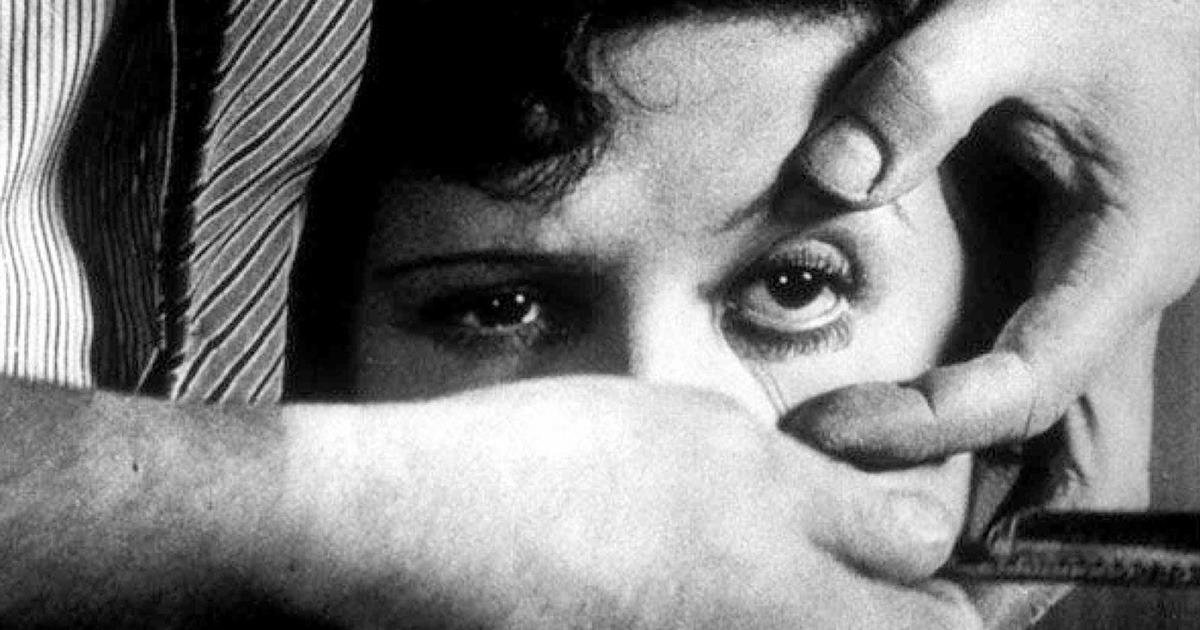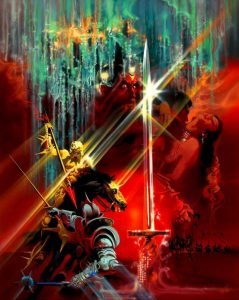Exploring the Surreal Cinematic World of Luis Buñuel
Luis Buñuel is a name that echoes in the world of cinema as a pioneer of surrealism. He was a Spanish filmmaker who challenged the conventional filmmaking style with his unique vision and approach. His surrealistic films often delved into the subconscious mind, questioning the norms of society and human behavior. In this article, we will explore the surreal cinematic world of Luis Buñuel and take a closer look at some of his most iconic works.
Luis Buñuel is a name that echoes in the world of cinema as a pioneer of surrealism. He was a Spanish filmmaker who challenged the conventional filmmaking style with his unique vision and approach. His surrealistic films often delved into the subconscious mind, questioning the norms of society and human behavior. In this article, we will explore the surreal cinematic world of Luis Buñuel and take a closer look at some of his most iconic works.

Introduction
Luis Buñuel is perhaps one of the most enigmatic and influential figures in the history of cinema. His surreal and unconventional approach to filmmaking revolutionized the medium and inspired countless filmmakers after him. In this article, we’ll delve into the surreal world of Buñuel’s cinema, exploring his unique style and examining some of his most iconic films. From the mind-bending images of Un Chien Andalou to the biting social commentary of The Discreet Charm of the Bourgeoisie, we’ll take a deep dive into the world of Luis Buñuel and discover why his work continues to captivate audiences today.
Early years and influences
Luis Buñuel’s early years were marked by his experiences in the surrealist movement, which greatly influenced his cinematic style. He was introduced to surrealism by his friend and collaborator, Salvador Dalí, and together they created the groundbreaking film, Un Chien Andalou. Buñuel’s work frequently explored themes of desire, repression, and the subconscious, often using surreal imagery and dreamlike sequences to depict these themes. His unique approach to filmmaking and his willingness to challenge conventional storytelling techniques have made him one of the most influential filmmakers of the 20th century.
Buñuel’s first surrealist film
One of the most important and groundbreaking films of Luis Buñuel’s surrealist career is his first feature-length work, “Un Chien Andalou.” Co-written with Salvador Dali, the film is a masterpiece of surrealism, featuring a series of seemingly unrelated images and events that challenge the viewer’s perceptions of reality. From the famous opening scene of a razor cutting through an eye to the final image of a dead donkey on a grand piano, “Un Chien Andalou” remains a powerful and unforgettable work of cinematic art that continues to inspire and influence filmmakers today.

The collaboration with Salvador Dalí
Luis Buñuel was a filmmaker with a unique vision that often challenged the conventions of cinema. His collaboration with Salvador Dalí in the creation of the surrealist masterpiece “Un Chien Andalou” revolutionized the film industry. The film is a non-linear, dreamlike narrative that explores the depths of the subconscious. The collaboration between Buñuel and Dalí was a perfect match, as both artists were committed to pushing boundaries and breaking free from the constraints of tradition. The result was a film that continues to inspire and captivate audiences today.
The controversial reception of L’Age d’Or
Luis Buñuel’s “L’Age d’Or” is a surreal masterpiece that was initially met with controversy and criticism upon its release. The film’s depiction of explicit sexuality, blasphemy, and anarchism offended many viewers, leading to its ban in several countries. However, despite its controversial reception, the film has since been recognized as a groundbreaking work of surrealism and a significant contribution to the world of cinema. Buñuel’s bold and daring vision in “L’Age d’Or” paved the way for future filmmakers to push the boundaries of artistic expression and challenge societal norms.
Buñuel’s second surrealist phase in Mexico
Buñuel’s second surrealist phase in Mexico is a fascinating period in the director’s career. After returning to Mexico in the early 1940s, Buñuel began producing a series of films which blended surrealism with Mexican culture and politics. These films, such as “Los Olvidados” and “El Gran Calavera”, are marked by their striking imagery, dreamlike sequences, and biting social commentary. Buñuel’s use of active voice and focused storytelling, combined with his commitment to good SEO practices, make these movies a must-see for any cinema, movies, and actors enthusiast interested in the history of surrealist cinema.

The political dimension of Buñuel’s surrealism
The surrealist films of Luis Buñuel were not only known for their bizarre and dreamlike imagery, but also for their strong political messages. Throughout his career, Buñuel used his films to criticize the bourgeoisie, the church, and the conservative social norms of his time. In “The Discreet Charm of the Bourgeoisie,” he satirizes the empty and hypocritical lives of upper-class society. In “Viridiana,” he challenges the morality of the Catholic Church. And in “The Exterminating Angel,” he portrays the breakdown of societal order and the power struggles that arise in times of crisis. Buñuel’s surrealism was never just a form of artistic expression, but also a tool for social and political commentary.
Buñuel’s late period and the exploration of dreams
During his late period, Luis Buñuel’s surrealism further explored the depths of the dream world. One of his most famous films from this period, “The Discreet Charm of the Bourgeoisie”, intertwines the characters’ dreams with reality, blurring the line between the two. Buñuel’s use of dream sequences in his films allowed him to delve into the subconscious of his characters, revealing their innermost desires and fears. Buñuel’s exploration of dreams in his late period solidified his reputation as a master of surrealism and added a new dimension to his already impressive body of work.
Legacy and influence of Buñuel’s surreal cinema
Luis Buñuel’s surreal cinema has left a lasting legacy on the film industry. His unique style of storytelling and unconventional approach to filmmaking have inspired countless directors and artists. Buñuel’s films were known for their dreamlike sequences, shocking imagery, and biting social commentary. His work challenged the societal norms of his time, exploring themes of religion, sexuality, and politics. Buñuel’s surrealism paved the way for future filmmakers to experiment with unconventional storytelling techniques and push the boundaries of what was considered acceptable in cinema. His influence on the film industry continues to be felt to this day, cementing his place as one of the most important directors in film history.
Conclusion
In conclusion, Luis Buñuel‘s surreal cinema remains a timeless and unique contribution to the film industry. His ability to challenge societal norms and expectations through his unconventional storytelling techniques has made him an icon in the world of cinema. From his early works such as “Un Chien Andalou” to his later masterpieces including “The Discreet Charm of the Bourgeoisie,” Buñuel’s films continue to captivate and intrigue audiences. His legacy serves as a reminder of the power of cinema to push boundaries and provoke thought.
For more information about Luis Buñuel surreal cinema, including movie details, cast information, etc..
check out the filmaffinity page.



